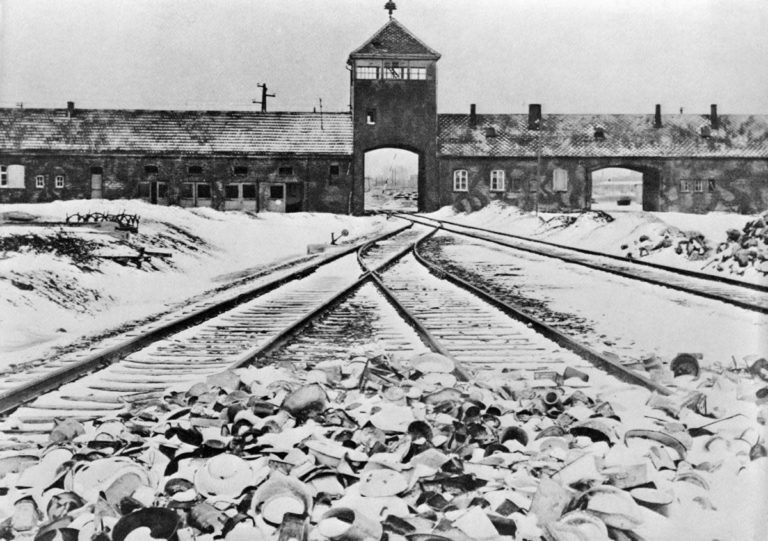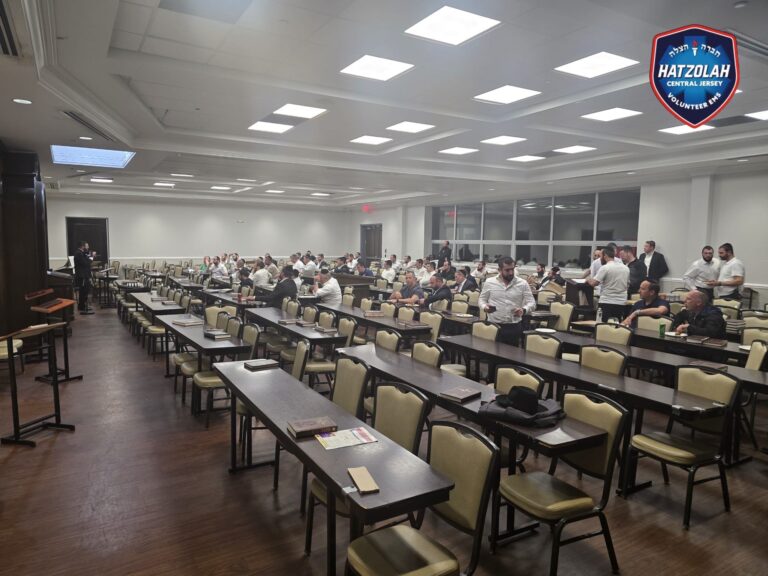 Seventeen-seventy-six will never lose its place in the history books, but its claim to the record books may have been undermined by a decision not to build a sculptural cladding for the mast atop 1 World Trade Center.
Seventeen-seventy-six will never lose its place in the history books, but its claim to the record books may have been undermined by a decision not to build a sculptural cladding for the mast atop 1 World Trade Center.
The mast was to elevate an otherwise 1,368-foot skyscraper into a 1,776-foot structure whose defining measurement was meant to express American spirit and resolve in the face of the terrorist attack of Sept. 11, 2001.
Whether the Council on Tall Buildings and Urban Habitat, a private body that serves as a worldwide arbiter of building heights, counts the mast depends on whether it is considered a functional antenna or a nonfunctional spire.
While reserving its final decision until 1 World Trade Center is completed in early 2014, the council had previously been inclined to include the mast because it was clad in a fiberglass and steel enclosure called a radome. The radome was a tapering, multifaceted structure of interlocking triangles, 23 feet in diameter at its widest, that had been designed by Skidmore, Owings & Merrill with the sculptor Kenneth Snelson.
Without this cladding, the mast is a more straightforward pole of galvanized steel trusswork, about six feet in diameter for much of its height, intersected by wider maintenance platforms.
Just how perceptible the difference will be from the street or surrounding buildings is hard to say. Though the distinction between the versions seems minuscule on renderings only a few inches high, the mast is more than 400 feet tall — about as tall as a 40-story building — so even the smallest changes are magnified by scale.
The decision to eliminate the cladding was made in October and affirmed in January by Douglas Durst, the chairman of the Durst Organization, and the Port Authority of New York and New Jersey, with which Mr. Durst is developing the building. The change is coming to light with all the attention the project received when the building reached 1,271 feet, making it the tallest in New York City.
Should the Council on Tall Buildings ultimately disallow the unclad mast in its height calculation, 1 World Trade Center would lose both its symbolic dimension and its claim to unseating the Willis Tower (formerly the Sears Tower) in Chicago as the tallest building in America. It would not even be the second-tallest building in America. That is the Trump International Hotel and Tower, also in Chicago.
“This definitely raises questions,” Kevin Brass, the public affairs manager for the council, said in a statement on Wednesday. “Our criteria are very specific. We include spires and not antennas. If this is an antenna, it won’t be part of the height measurement. The cladding was an integral part of the design and made the extension part of the permanent look and feel of the building.”
The chief architect of 1 World Trade Center, David M. Childs, was not reticent about calling the resulting structure an antenna as he took a rare step for any architect in publicly criticizing a client.
“We are disappointed that a decision has been made to remove the sculptural enclosure at the top of 1 World Trade Center,” Mr. Childs, now a consulting partner at Skidmore, Owings & Merrill, said in a statement. “Eliminating this integral part of the building’s design and leaving an exposed antenna and equipment is unfortunate. We stand ready to work with the port on an alternate design that will still mark the 1 World Trade Center’s place in New York City’s skyline.”
Though eliminating the cladding will save about $20 million in construction costs, some of which the Durst Organization will recoup as part of its agreement with the Port Authority, Mr. Durst said that what doomed the radome was the prospect of maintaining such a complex structure more than a quarter-mile in the sky.











2 Responses
What’s the problem? The Port Authority will just raise tolls again to pay for it.
Now we won’t be able to sleep at night. This is as stupid as adding “Liberty” to Newark International Airport.